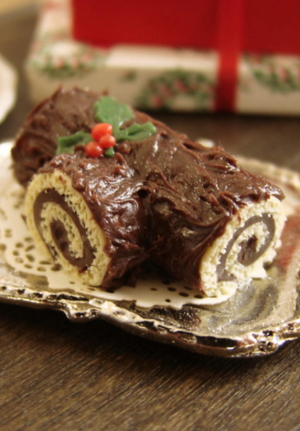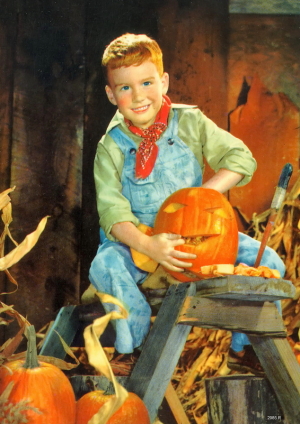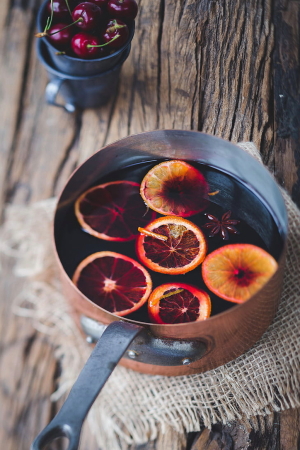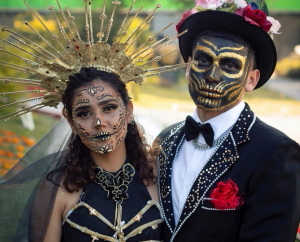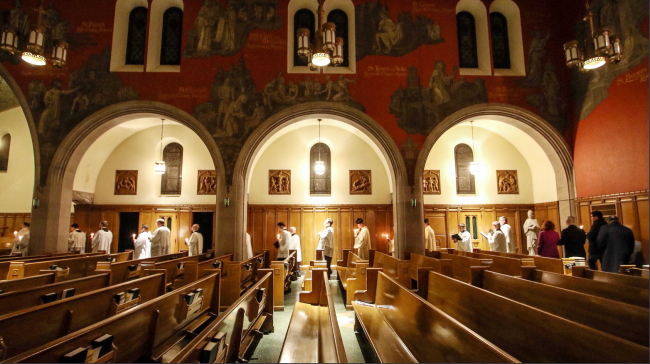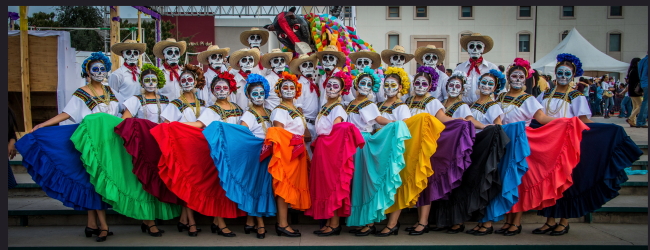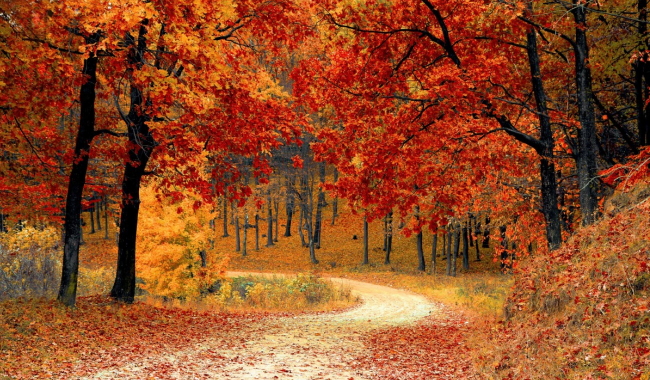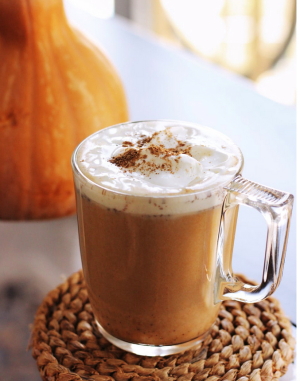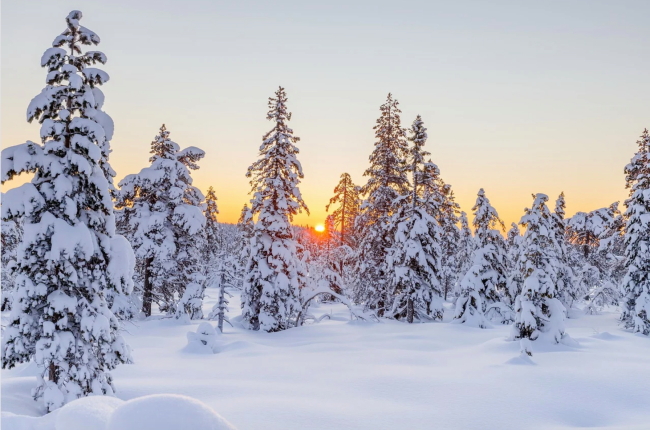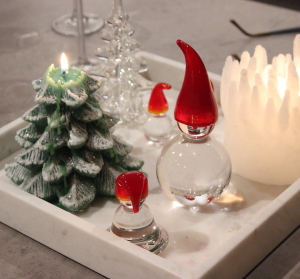THURSDAY, AUGUST 1: With August officially underway, and as grains turn golden in the fields, Christians and Pagans (and many others from areas of England, Ireland and Scotland) mark the feast of Lammas. An ancient festival of the wheat harvest, Lammas—or Lughnasadh—has long been called “the feast of first fruits.” In England and in some English-speaking countries, August 1 is “Lammas Day”; historically, it was customary to bring a loaf of bread made from the new wheat crop to the church for a blessing.
Did you know? The Anglo-Saxon version of Lammas, or “loaf-mass,” refers to the practice of bringing a loaf of freshly baked bread to one’s local church for blessing.
It is the joyful simplicity of gratitude for the change in seasons—from a season of planting to a season of harvest—that marks today’s occasion. Lughnasadh customs were commonplace until the 20th century, though evidence of ongoing tradition is seen in the popular Puck Fair of County Kerry and Christian pilgrimages. Throughout Ireland’s history, significant mountains and hills were climbed at Lughnasadh; the custom was brought into Christianity when Christian pilgrimages were undertaken near August 1. The most well-known pilgrimage of this type is Reek Sunday, a trek to the top of Croagh Patrick in County Mayo in late July that continues to draw tens of thousands of Christian pilgrims each year.
For Christians, Lammas has been a time for blessing loaves made of fresh wheat. In time, Christians also created a version of the Scottish Highland Quarter Cake for Lammas, which bore Christian symbols on the top. (Catholic Culture has a recipe.)
In the Neopagan and Wiccan faiths, Lughnasadh is one of eight sabbats and is the first of three harvest festivals. Ancient Celtic myth describes a god of sun, of light and brightness: He is Lugh, the deity for whom Lughnasadh is named. Ever mirthful, Lugh is honored alongside his foster mother, Tailtiu, who is said to be responsible for introducing agriculture to Ireland. The story of Lughnasadh is one of the cycle of life, of the harvesting of grains and crops, and of one season’s fruits dropping seeds for the next. Today, common foods on the table at Lughnasadh are apples, grains, breads and berries.
Watch a video of traditional Morris dancing, in Oxford, at this YouTube link.
Interested in making a Lammas loaf? Try a recipe from Recipes for a Pagan Soul.


